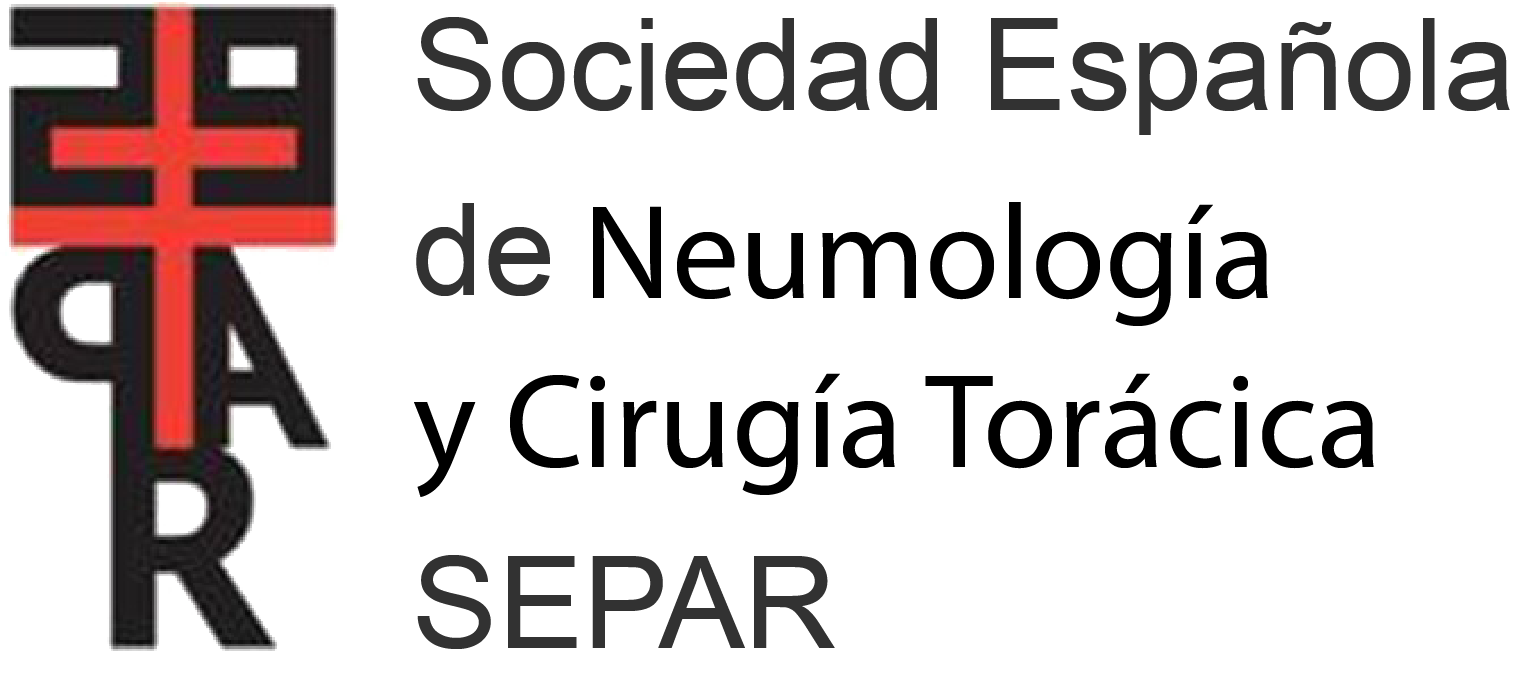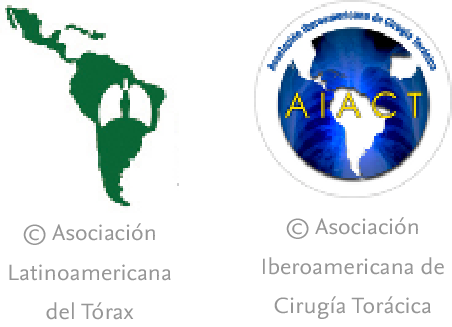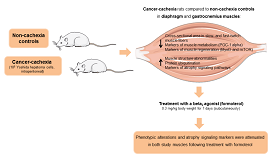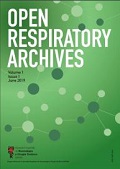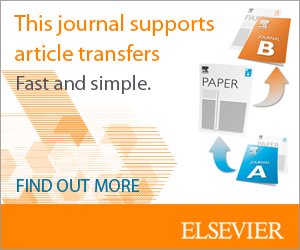Journal Information
Vol. 61. Issue 5.
Pages 262-263 (May 2025)
Share
Download PDF
More article options
Vol. 61. Issue 5.
Pages 262-263 (May 2025)
Editorial
Post-TB Lung Disease: Where are we to Respond to This Priority?
Visits
671
Denise Rossato Silvaa, Emanuele Pontalib, Yousra Kherabic,d, Lia D’Ambrosioe, Rosella Centisf, Giovanni Battista Migliorif,
Corresponding author
a Faculdade de Medicina, Universidade Federal do Rio Grande do Sul (UFRGS), Porto Alegre, Brazil
b Department of Infectious Diseases, Galliera Hospital, Genoa, Italy
c Infectious and Tropical Diseases Department, Bichat-Claude Bernard Hospital, Assistance Publique-Hôpitaux de Paris, Université Paris Cité, Paris, France
d Université Paris Cité, Inserm, IAME, Paris, France
e Public Health Consulting Group, Lugano, Switzerland
f Servizio di Epidemiologia Clinica delle Malattie Respiratorie, Istituti Clinici Scientifici Maugeri IRCCS, Tradate, Italy
This item has received
Article information
These are the options to access the full texts of the publication Archivos de Bronconeumología


